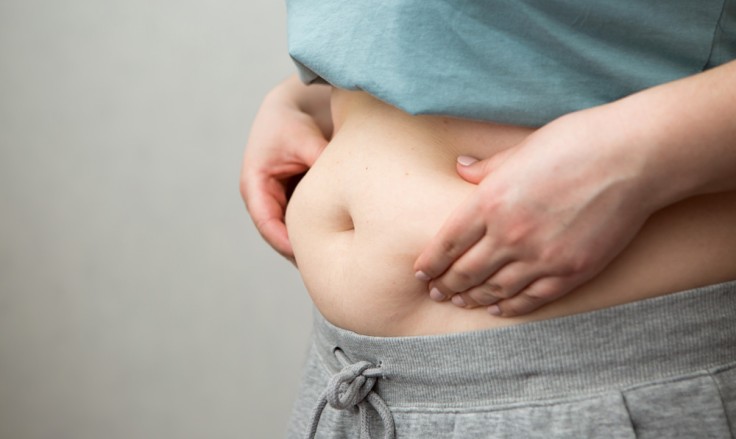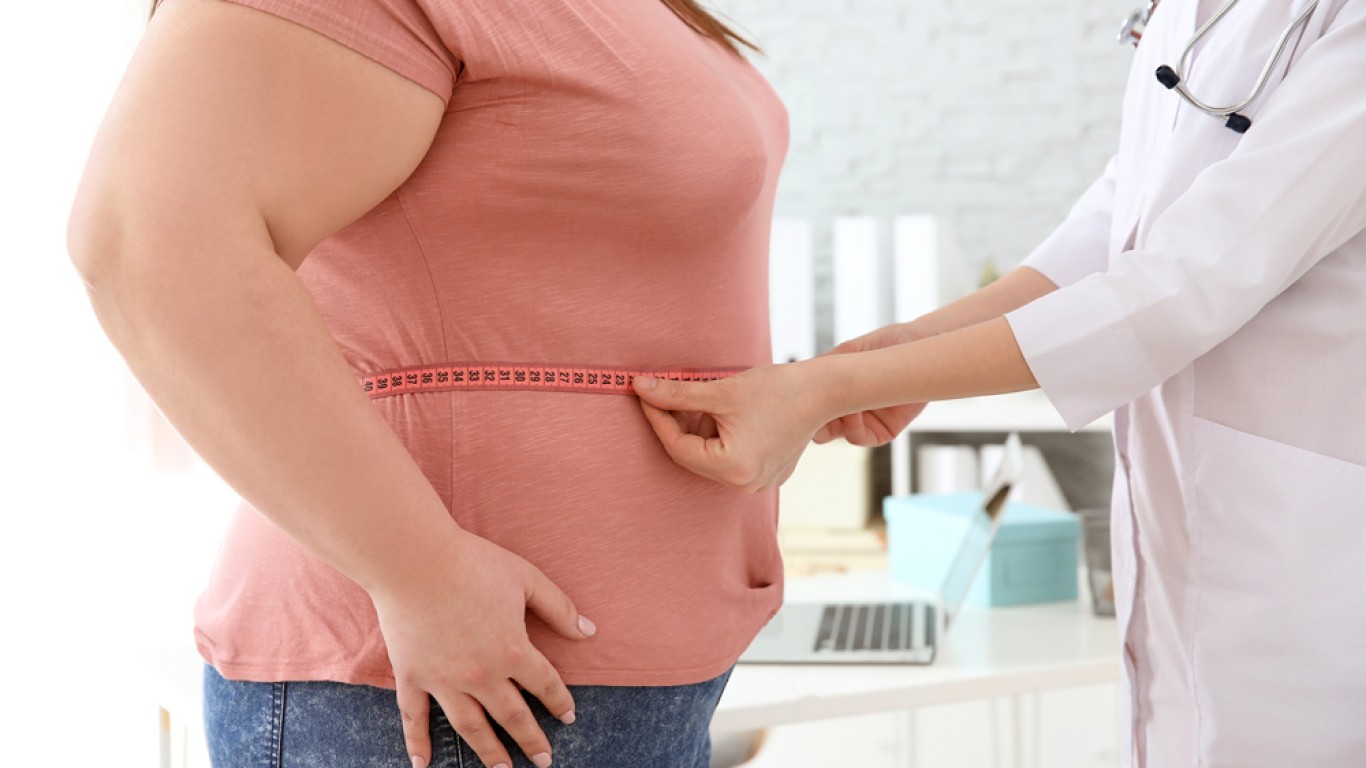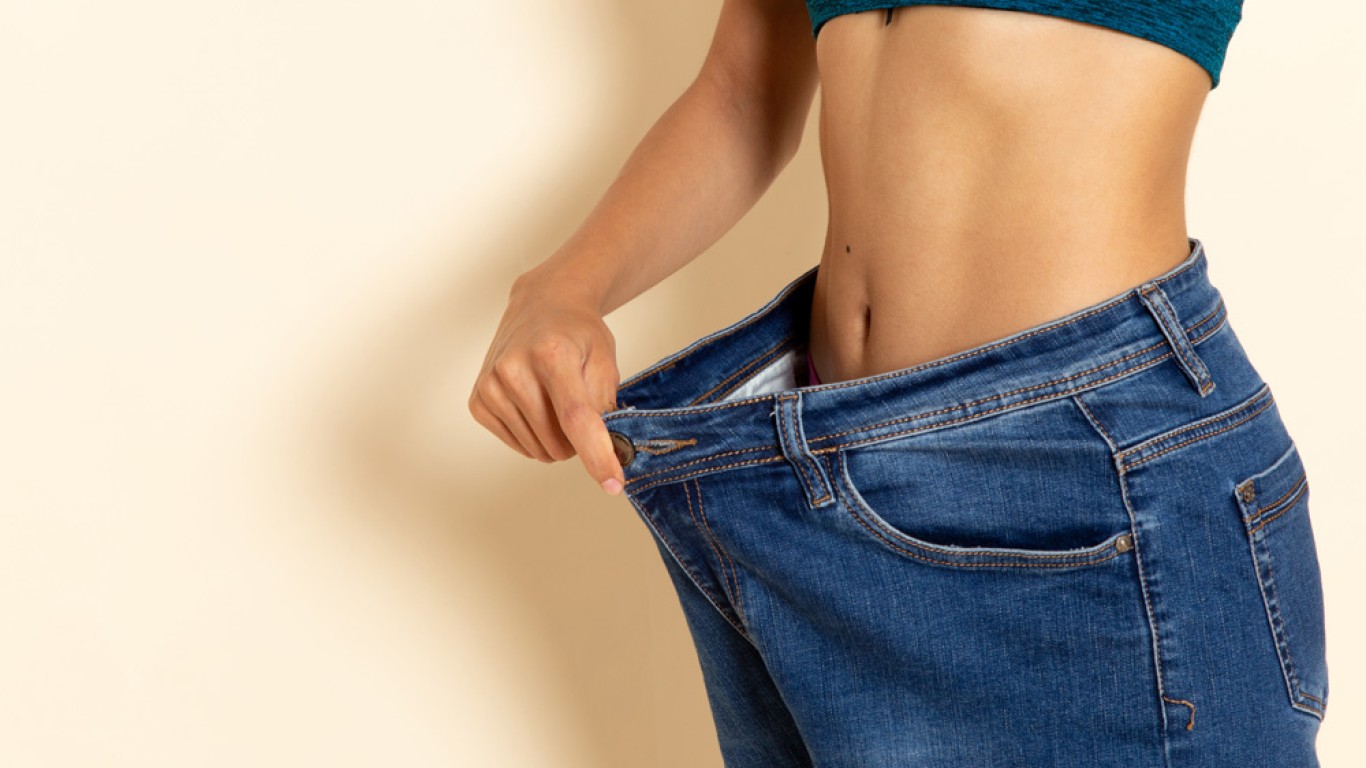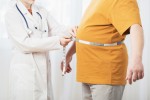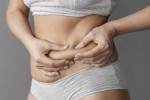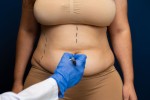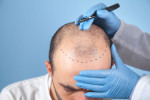Introduction
Gastric bypass surgery is a life-changing step toward better health and weight management. However, your results depend significantly on how well you follow post-surgery dietary guidelines. A well-planned eating plan helps support healing, prevent complications, and build sustainable habits. Understanding the ideal diet for after gastric bypass surgery is crucial. This guide outlines the different dietary stages and optimal foods to eat. It will help you ensure long-term success with balanced, nourishing meals.
Why Your Diet Matters After Gastric Bypass
After surgery, your stomach is much smaller. Therefore, you need fewer calories and more nutrients per bite. Eating the right foods promotes healing, maintains energy, and helps you adapt to a new lifestyle. Additionally, your digestive system changes how it absorbs nutrients. Choosing nutrient-dense meals ensures your body receives enough protein, vitamins, and minerals for healthy functioning. Following dietary guidance also helps prevent discomfort and supports gradual, steady weight loss.
Stage One: Liquid Diet
Immediately after surgery, your digestive system needs rest. For the first 1–2 weeks, you will follow a clear and full liquid diet.
Approved options include:
- Water and ice chips
- Low-sodium broth
- Protein shakes
- Sugar-free jelly
- Herbal teas
- Diluted fruit juice (no added sugar)
Avoid fizzy drinks, caffeine, and anything with added sugar or fat. Sip slowly and consistently throughout the day.
This stage prepares your stomach for more complex foods. It also helps you stay hydrated and nourished while healing internally.
Stage Two: Puréed Foods
After about two weeks, and with your surgeon’s approval, you can introduce puréed foods. These should be smooth, lump-free, and easy to digest.
Recommended foods include:
- Puréed lean meats or fish
- Smooth low-fat yoghurt
- Mashed vegetables
- Puréed scrambled eggs
- Blended soups
Eat small portions slowly, chewing thoroughly. Additionally, avoid spices and fibrous foods that may irritate your new stomach.
Puréed meals offer more variety and nutrition. This stage helps you gradually reintroduce texture while maintaining comfort and hydration.
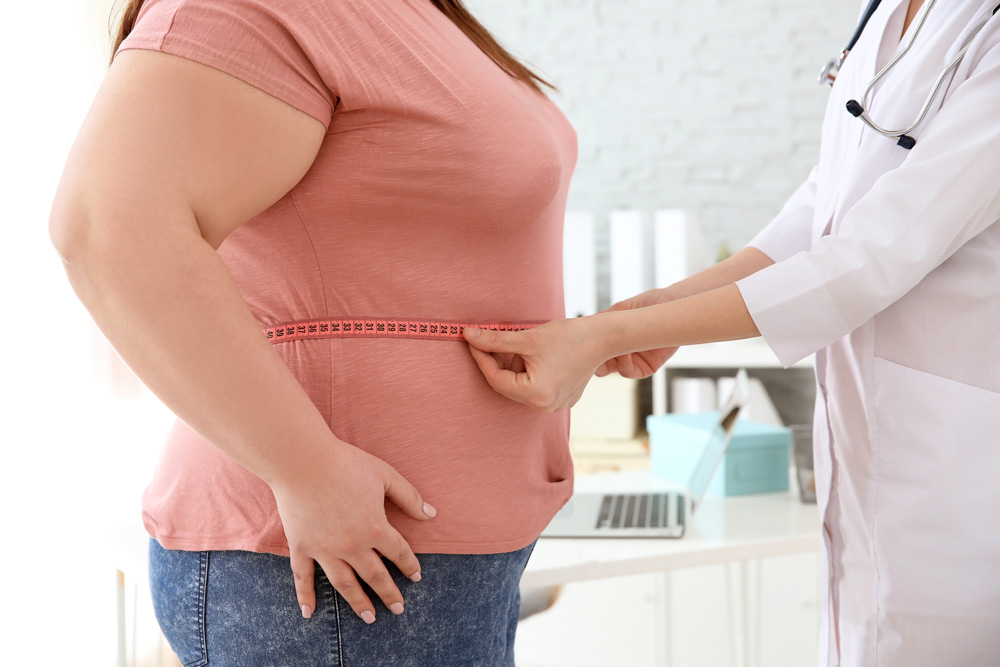
Stage Three: Soft Foods
Soft foods are introduced around weeks four to six. These are easy to chew and digest but offer increased protein and fibre.
Good choices include:
- Cooked, tender meats
- Soft fruits like bananas
- Cottage cheese
- Oats and porridge
- Steamed vegetables
Avoid tough meats, fried items, or anything with seeds or skins. As always, eat slowly and stop when full.
This stage marks a significant shift toward normal eating patterns. However, continue choosing nutrient-rich, low-fat options for best results.
Stage Four: Solid Foods and Ongoing Nutrition
By week eight, most patients can start eating regular solid foods. That said, some items may still be difficult to digest. Introduce one food at a time to track tolerance.
Prioritise:
- Lean protein at every meal
- Whole grains in small amounts
- Cooked or fresh vegetables
- Low-fat dairy
Avoid:
- High-fat or sugary foods
- Processed snacks
- Carbonated drinks
- Alcohol
Meal size remains small. However, you should eat three to five times per day with proper spacing.
Focus on Protein and Nutrient Density
Protein is vital for healing, muscle maintenance, and weight management. Aim for 60–80 grams daily, depending on your surgeon’s advice.
Good protein sources:
- Chicken and turkey
- Eggs and egg whites
- Fish and seafood
- Tofu and legumes
- Low-fat dairy products
Also, choose foods rich in:
- Iron
- Calcium
- Vitamin D
- Vitamin B12
You may need daily supplements. Follow your clinic’s advice and attend follow-up tests to monitor levels.
Stay Hydrated, But Time Fluids Wisely
Hydration supports digestion, energy, and overall wellness. However, drink fluids between meals—not with them.
Guidelines include:
- Aim for 1.5–2 litres daily
- Sip water slowly throughout the day
- Stop drinking 30 minutes before and after eating
- Avoid caffeine and sugary beverages
Proper hydration helps prevent fatigue and supports better weight loss results over time.
Avoid Emotional and Mindless Eating
Emotional eating can hinder progress and lead to discomfort. Therefore, build healthy food habits that support your physical and mental goals.
Tips include:
- Eat at the table, not while distracted
- Listen to hunger and fullness cues
- Practise mindful eating and gratitude
- Seek support if emotional eating becomes a pattern
Establishing these habits early strengthens long-term success and supports better food choices over time.
Track Your Progress and Adjust Accordingly
Every body is different. Tracking your food intake, portion sizes, and symptoms can highlight what works best.
Keep a food diary or use an app to monitor:
- Nutrient intake
- Energy levels
- Weight trends
- Digestive responses
Additionally, consult your clinic regularly to review goals and adjust your plan as needed. This helps keep you on track.
Common Pitfalls to Avoid
While recovering and building new habits, try to avoid:
- Skipping meals or protein
- Eating too fast
- Drinking with meals
- Ignoring fullness cues
- Over-relying on soft or easy foods
These habits can delay progress. Instead, aim for balance, variety, and consistent structure in your eating routine.
Conclusion
The best diet for after gastric bypass surgery focuses on gradual stages, protein-rich meals, and mindful eating. From liquid to solid foods, each phase supports healing and sets the foundation for success. Follow your clinic’s guidance, stay hydrated and focus on balanced nutrition. This will help you feel better, move more easily, and enjoy lasting results.
For more information and to book a consultation visit the ACIBADEM Beauty Center obesity surgery page.
Frequently Asked Questions
Usually around week eight. Introduce slowly and consult your surgeon for personal recommendations.
Use protein supplements or shakes approved by your clinic. Include a source in every meal.
Occasionally, in small amounts. However, limit these foods as they may cause discomfort and slow progress.
Four to five small meals spaced throughout the day are generally recommended.
Possibly. Most patients need lifelong vitamin support. Your clinic will guide you based on blood tests.
